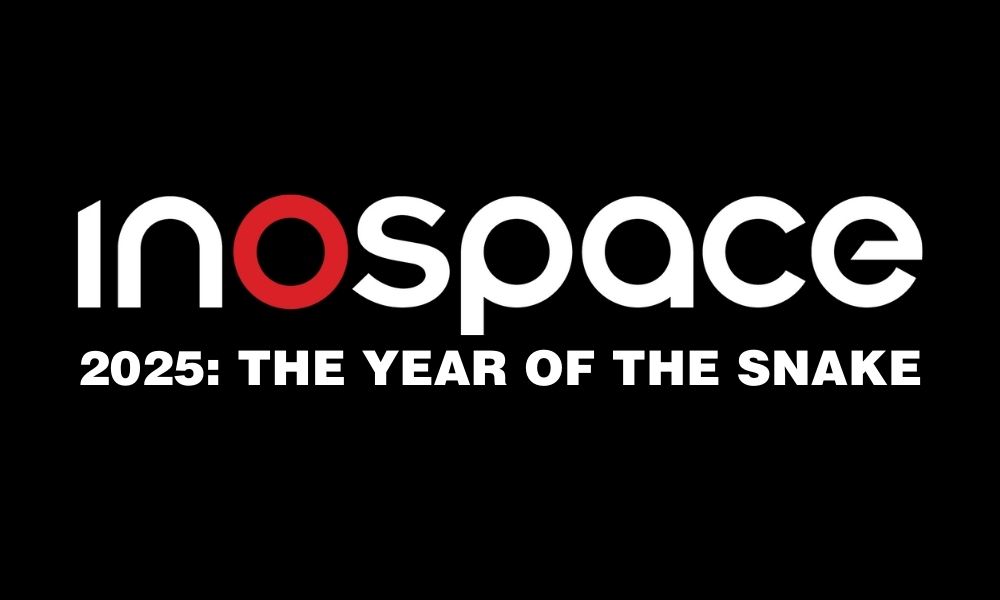Drivers of success for SME’s in 2023
In the current economic climate, small and medium-sized enterprises (SMEs) are vital for driving economic growth and creating jobs. However, they also face unique challenges.

To be successful in times like these, SMEs must be agile, adaptable, and more strategic in their approach. Read on for some great strategies you can employ to help achieve this.
Strategy 1: Diversify your revenue streams
Your company can diversify revenue streams through expanding product or service offerings, entering new markets, or building partnerships with other companies. Make soap? Why not develop a range of bathroom products for hotels? Detail cars? Why not get into minor scratch and dent repair on the side? Diversification can help SMEs mitigate the risks associated with relying on a single source of income and can provide a cushion during economic downturns.
Strategy 2: Be cost-efficient
Focusing on cost-efficiency is a simple practice that enables SMEs to nurture their bottom line. It is vital to ensure that your expenditure is not overtaking your profit. Keeping expenditures in check can be achieved through a variety of means, however, streamlining operations is vital. Automating processes and outsourcing non-core functions, establishing a good workflow, and prioritising certain tasks whilst maintaining a strong link with documentation, are all practices wherein your business only stands to save money in the long run. Keeping costs low allows SMEs to remain competitive and maintain profitability, even in challenging economic conditions.
Strategy 3: Leverage technology
SMEs can benefit from leveraging technology to improve their operations and reach new customers. This can include using digital marketing tools to reach a wider audience, implementing e-commerce platforms to sell products online, and using data analytics to gain valuable insights into customer behavior and preferences. By embracing technology, SMEs can gain a competitive edge and stay ahead of the curve in the ever-changing business landscape. Inospace has developed Inocircle, an exclusive online platform that makes connecting and developing your business using technology even easier than before.
Strategy 4: Innovate
Innovation is also crucial for SMEs to succeed in the 2023 economic climate. Innovation is very much up to the individual business. As such, whatever your dream, that could be what takes your business to the next level. Never cease to keep pushing the boundaries of what is ‘known to work’, and what you know will work. This can be achieved by developing new products or services, finding new ways to solve problems, or even disrupting existing business models. By constantly innovating, SMEs can stay relevant and meet the changing needs of their customers.
Strategy 5: Network & build relationships
Networking and building relationships with other businesses, organizations, and industry associations are important for SMEs. By connecting with other business owners, SMEs can learn from their experiences and gain valuable insights into the industry. Knowing avenues to foster growth within one’s existing pool of partners and suppliers is also a skill worth developing. Building a relationship goes hand-in-hand with maintaining a relationship. Don’t be afraid to explore what could be done within your network, if you have a supplier that has the potential to do more for you, pursue them. Fortune favours the bold.
Strategy 6: Craft a solid business plan
A well-crafted business plan can help SMEs stay on track, identify potential challenges and opportunities, and make strategic decisions. A business plan should outline the company's goals, target market, competitive landscape, and financial projections. By crafting this solid business plan, one is developing a solid backbone or guiding light. Meaning, when one is met with the inevitable challenges of running an SME, there is a strong foundation that can weather the storm.
Strategy 7: Know the economic climate
SMEs should be prepared for the unique challenges that may arise in the 2023 economic climate. This can include everything from natural disasters to political unrest. Through early research, many big thinkers, believe that the 2023 emerging market will hold distinct challenges. Although nothing is set in stone, these factors will have an impact on how one needs to approach development. Having a disaster recovery plan in place can help SMEs quickly respond to unexpected events and minimize damage to their operations. We are all familiar with how unpredictable the world can be. However, by anticipating and developing strategies, SMEs can mitigate serious fallout and live to do business another day.
Conclusion
The 2023 economic climate is expected to be challenging for SMEs. But by being agile, adaptable, and strategic in their approach, SMEs can overcome these challenges and achieve success.


.jpg)